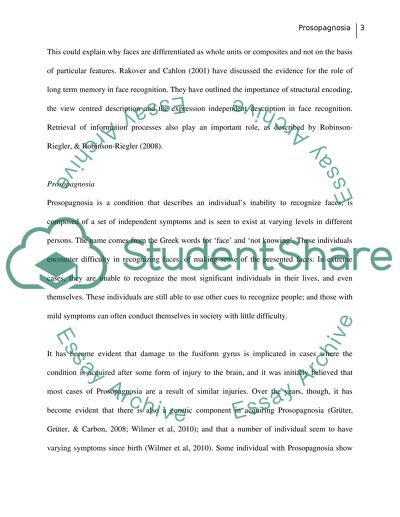Cite this document
(“Reasons And Effects Essay Example | Topics and Well Written Essays - 1250 words”, n.d.)
Reasons And Effects Essay Example | Topics and Well Written Essays - 1250 words. Retrieved from https://studentshare.org/psychology/1435254-is-prosopagnosia-a-face-specific-disorder-how-does
Reasons And Effects Essay Example | Topics and Well Written Essays - 1250 words. Retrieved from https://studentshare.org/psychology/1435254-is-prosopagnosia-a-face-specific-disorder-how-does
(Reasons And Effects Essay Example | Topics and Well Written Essays - 1250 Words)
Reasons And Effects Essay Example | Topics and Well Written Essays - 1250 Words. https://studentshare.org/psychology/1435254-is-prosopagnosia-a-face-specific-disorder-how-does.
Reasons And Effects Essay Example | Topics and Well Written Essays - 1250 Words. https://studentshare.org/psychology/1435254-is-prosopagnosia-a-face-specific-disorder-how-does.
“Reasons And Effects Essay Example | Topics and Well Written Essays - 1250 Words”, n.d. https://studentshare.org/psychology/1435254-is-prosopagnosia-a-face-specific-disorder-how-does.


